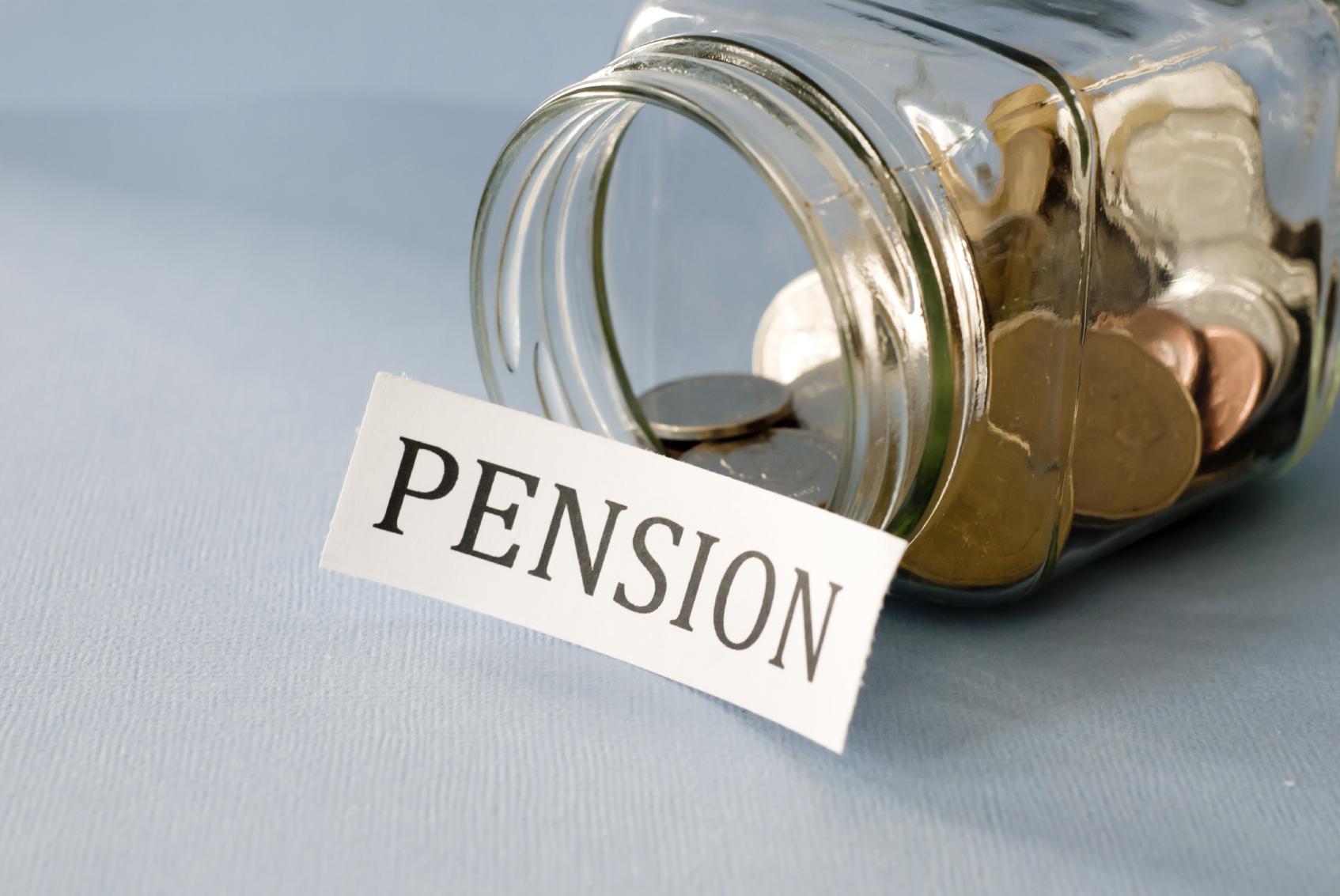
Covid-19 and Maryland’s Pension Problem
Even before the pandemic, many state and local pension funds across the U.S. were chronically underfunded. The virus-induced recession and its effects on stock markets and government tax revenues will exacerbate this problem. Maryland’s pension fund, which was $20.1 billion (or around $120 billion) underwater as of 2019, is not exempt from this catastrophe.
When stocks began to decline in mid-February, U.S. pension funds took a huge hit to their investment portfolio. According to Moody’s Investor Services, U.S. pension funds are facing an average loss of 21% for the current fiscal year, based on a March 20 snapshot of market indices. Tom Aaron, vice president and senior analyst at Moody’s, noted back in March, “Without a significant market rebound, that's going to result in some new unfunded liabilities that are going to be material and compounded on top of the already unfunded liabilities."
As of June 30, 2019, Maryland’s pension fund was just 72.9% funded. That’s because Maryland failed to use the previous 11 bull-market years to shore up its fund. The state has also failed to implement much-needed pension and investment reforms that would have helped reduce unfunded liabilities.
Perhaps more importantly, the recession will significantly reduce state tax revenues, making it difficult to afford the higher required contributions that would be needed to make up for market losses. Due to the pandemic and lockdown measures, Maryland expects to lose around $2.8 billion in tax revenue in just three months, equivalent to 15 percent of the state’s entire general fund for fiscal 2020. To make matters worse, the state education overhaul, as recommended by the Kirwan Commission, would end up costing another $4 billion a year.
If there is a silver lining in the recession cloud, it might be that the painful new budget realities may create a sense of urgency among lawmakers about Maryland’s unfunded pension liabilities. In response to this global crisis, Maryland needs to start prioritizing pension reform rather than kicking this can further down the road. This entails, first and foremost, admitting that the state’s pension problem is real and significant, and then figuring out how reforms can be implemented in ways that minimize harm for employees and retirees in the long run.
As pension reformers have argued over the years, shifting new employees to defined contribution plans would be one way to reduce future costs, but existing unfunded liabilities would still need to be addressed. After 2008, Maryland moved pension assets toward higher-cost riskier investments to try to compensate for the market losses, but ended up losing approximately $5 billion over ten years as a result. This time around, the fund should not repeat its mistake and instead make adjustments to actuarial assumptions to reflect the new market reality. This will force the state to make adequate contributions every year. Currently, the fund assumes a rate of return of 7.4 percent, which is nowhere close to being synced with the new market reality.
Ultimately, the issue at the center of Maryland’s pension problem is a chronic culture of neglect and denial. Lack of attention to its pension problem has allowed the state to invest its pension fund sub-optimally, keep pension designs that are not effective at attracting a new generation of state employees, and hide pension liabilities from the public. All of these practices have allowed unfunded liabilities to grow.
But the coronavirus crisis does not have to further weaken the financial health of Maryland’s pension fund. With a change of attitude and approach, this event can trigger state officials to finally prioritize pension policy and successfully bring about much-needed pension reforms. In the upcoming legislative session, the state legislators should focus on capping the investment fees for the state pension fund. In addition, the fund should be required to make realistic adjustments to actuarial assumptions to reflect the new market reality.
Although many economic and political challenges await state leaders, it’s not too late to change the path of Maryland’s pension future and secure the retirement future of Maryland’s hardworking state employees.





